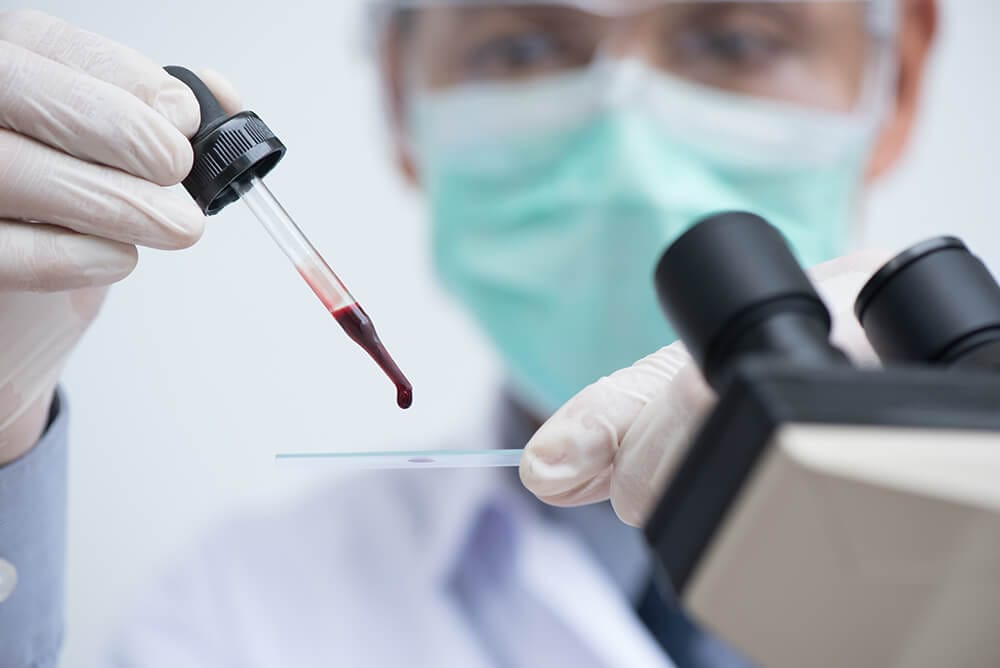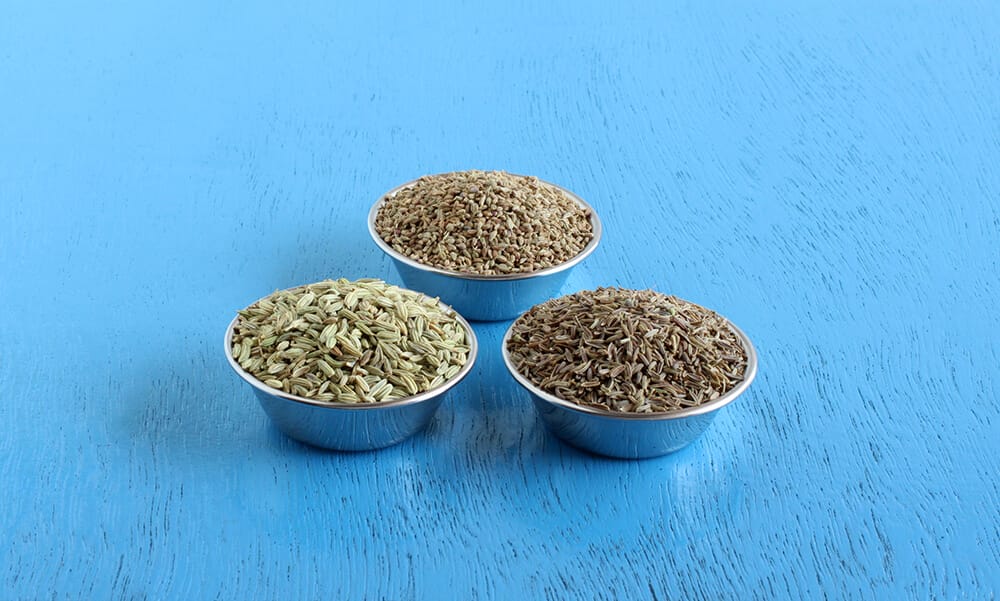What Food Should You Include & Avoid In Your Typhoid Diet
Overview of Typhoid Diet
What is a typhoid diet?
A typhoid diet is a 3-4 days diet plan for typhoid patients to help manage typhoid fever symptoms and boost recovery. A typhoid diet usually comprises foods high in calories and rich in various nutrients. The high-calorie diet helps prevent weight loss during typhoid and boosts immunity to fight typhoid infection.
As typhoid infection affects the gastrointestinal region, a typhoid diet mainly includes food items that are easily digestible and cause less digestive stress. This is why a typhoid diet should have low-fiber foods. You must avoid having raw or semi-cooked foods, excess spicy or oily foods, and junk food while on your typhoid diet.
What is typhoid?
Typhoid fever is a bacterial infection that occurs in the intestine. It is caused by a bacteria called Salmonella Typhi. As per WHO, 11-21 million people globally get typhoid fever every year. The most common cause of typhoid fever is intake of infected food and polluted water. Typhoid is a contagious disease. Sharing food or water with people suffering from typhoid can spread the infection to other people. The bacteria can also get transferred through feces. Therefore, typhoid patients are usually recommended to use separate washrooms. People who live in poor sanitary conditions are more likely to get typhoid fever.
The following are some of the symptoms of thyroid fever:
-
- Continuous high fever for weeks
- Nausea
- Diarrhea
- Headache
- Bloating
- Anorexia
- Abdominal pain
- Fatigue
- Nosebleed
- Ulcers in intestine
- Cough
- Constipation
If not treated timely, typhoid fever can cause serious health complications like intestinal bleeding, bloodstream infection, and hole in the intestine. In rare cases, typhoid can also lead to inflammation in heart muscles, pneumonia, kidney infections, pancreatitis, and meningitis.
What are the benefits of following a typhoid diet?
Following a high-calorie and low-fiber diet for typhoid patients has the below-given benefits:
-
- Strengthens immune system:- Protein-rich foods like baked potatoes, eggs, milk, and chicken boost immunity during typhoid and help fight the bacterial infection.
- Helps prevent complications:- Low-fiber foods ease digestion and help treat diarrhea caused due to typhoid. They also reduce gas and bloating.
- Helps prevent weight loss:- High-calorie foods in the typhoid diet like pasta, white bread, potatoes, and bananas help prevent weight loss in typhoid.
How to follow a typhoid diet?
It can be tough to follow a typhoid diet because it mainly includes boiled food. However, here are a few things to keep in mind to help you stick to your typhoid patient diet.
-
- If you feel nauseous or have lost your appetite, you shouldn’t force yourself to eat. In such cases, it is best to have a liquid diet for a few days till you develop an appetite. You can drink coconut water, fruit juices, or vegetable soup.
- Include a variety of healthy foods in your typhoid diet chart. Also, if you do not like the food items in your typhoid diet chart, you can have them in small portions. However, a balanced meal with plenty of green vegetables and fruit juice is necessary.
- Have properly cooked meals and drink clean water. Also, since you have to eat antibiotics for typhoid fever, it is best to have your meals on time and keep yourself hydrated.
What to eat in typhoid?
As the intestines get weak during typhoid, it is beneficial to have light foods that calm your stomach and don’t make you nauseous. If you are wondering what food to eat in typhoid, here are a few options to add to the typhoid fever food chart:
-
- Boiled potatoes:- It is better to have more carbs in your typhoid diets such as boiled potatoes and porridge. These food items can keep your stomach full for a long time and provide energy.
- Yogurt:- Bacteria in yogurt help reduce bloating and bowel movements. Probiotics in yogurt also help boost immunity.
- Banana:- Banana is one of the best foods to have in typhoid fever. It is rich in nutrients and can be digested easily. You can have a banana with a glass of low-fat milk in typhoid. You can also have other fruits with high water content like grapes and watermelon.
- Cooked vegetables:- You should have properly cooked vegetables in a typhoid diet like green beans, carrots, and soybean.
- Protein-rich foods:- Eggs, chicken, fish, and dairy products like milk, cheese, and butter are rich in protein and can easily be digested. They boost immunity and help fight typhoid infection.
- Coconut water:- It is best to have coconut water, buttermilk, and fruit juices to avoid dehydration in typhoid. These drinks help restore the water lost in the body due to diarrhea.
What foods to avoid during typhoid?
Here are some food items that you must avoid in a typhoid diet.
-
- High-fiber foods:- Avoid high-fiber foods like raw fruits, nuts, papaya, whole-grain foods, green peas, and kidney beans because these foods can cause gas and bloating. They can also make diarrhea worse during typhoid.
- Oily and spicy foods:- Excess oily and spicy foods increase inflammation in the stomach. They can also be harmful if you have ulcers in the intestines. Therefore, it is best to have bland food with minimum oil and spices in typhoid. Avoid consuming chili, vinegar, and canned food.
- Vegetables like capsicum and cabbage:- Some vegetables like cabbage, peas, capsicum, cauliflower cause gas and bloating and should be avoided in typhoid.
What are the side effects of following a typhoid diet?
Having a high-calorie and low fiber typhoid diet for the long term can have side effects like constipation. It can also cause obesity. Therefore, you should follow a typhoid diet only for the period recommended by your doctor. While switching to a regular diet, you should slowly increase fiber intake and reduce calorie intake. Sudden changes in diet may cause gas, bloating, or abdominal pain.
How can typhoid be treated?
Doctors give antibiotics for typhoid treatment. Even if the symptoms subside in a few days, you must complete the entire dose of antibiotics, because the bacteria can remain in your body for weeks, even after you stop experiencing typhoid symptoms.
In mild cases of typhoid, the patients get better at home. However, in extreme cases of typhoid, you might have to be admitted to a hospital. For instance, if you get diarrhea due to typhoid, the doctor might also recommend injecting IV into a vein to increase fluid and electrolytes in the body.
Typhoid treatment takes 2-3 weeks, depending upon your infection and health condition. With proper medication, diet, rest, and typhoid food restrictions, the infection gets treated soon. However, you must also take precautions to ensure that typhoid infection does not spread to other people. You must wash your hands properly after using the washroom and avoid sharing food or personal belongings with other people.
Conclusion
Typhoid fever is a fatal infection that leads to thousands of deaths every year. Therefore, if you experience thyroid symptoms, it is best to consult a doctor immediately and get typhoid tests done. If the doctor confirms typhoid, you must follow a strict typhoid diet as instructed by a doctor because typhoid fever makes the body weak. Also, you must get a typhoid vaccination if you haven’t already.
FAQs
How long does typhoid fever last?
People start getting a fever 1-2 weeks after getting infected with Salmonella Typhi. In normal cases, when typhoid symptoms are diagnosed early and the patients receive proper treatment, typhoid fever usually lasts for 3-5 days. However, if the treatment is delayed, it can take 1-2 weeks for the typhoid fever to go away.
Can we drink milk in typhoid fever?
Yes, you can drink milk during typhoid. However, it is recommended to drink only boiled milk. You can drink low-fat milk and have dairy products that are easy to digest. Avoid having raw milk during typhoid.
What food is good for typhoid patients who have diabetes?
Diabetes patients should avoid having excess fruits as they may spike up the blood sugar level. However, they can have coconut water, vegetable soup and protein-rich items like a boiled egg, meat, tofu, and others. You can also have nuts, pasta, and white rice.
Can we have dry fruits in typhoid?
Even though dry fruits are healthy and boost immunity, they are also rich in dietary fiber. Therefore, having dry fruits and nuts can increase digestive stress and worsen diarrhea. You should avoid having dry fruits in typhoid.















